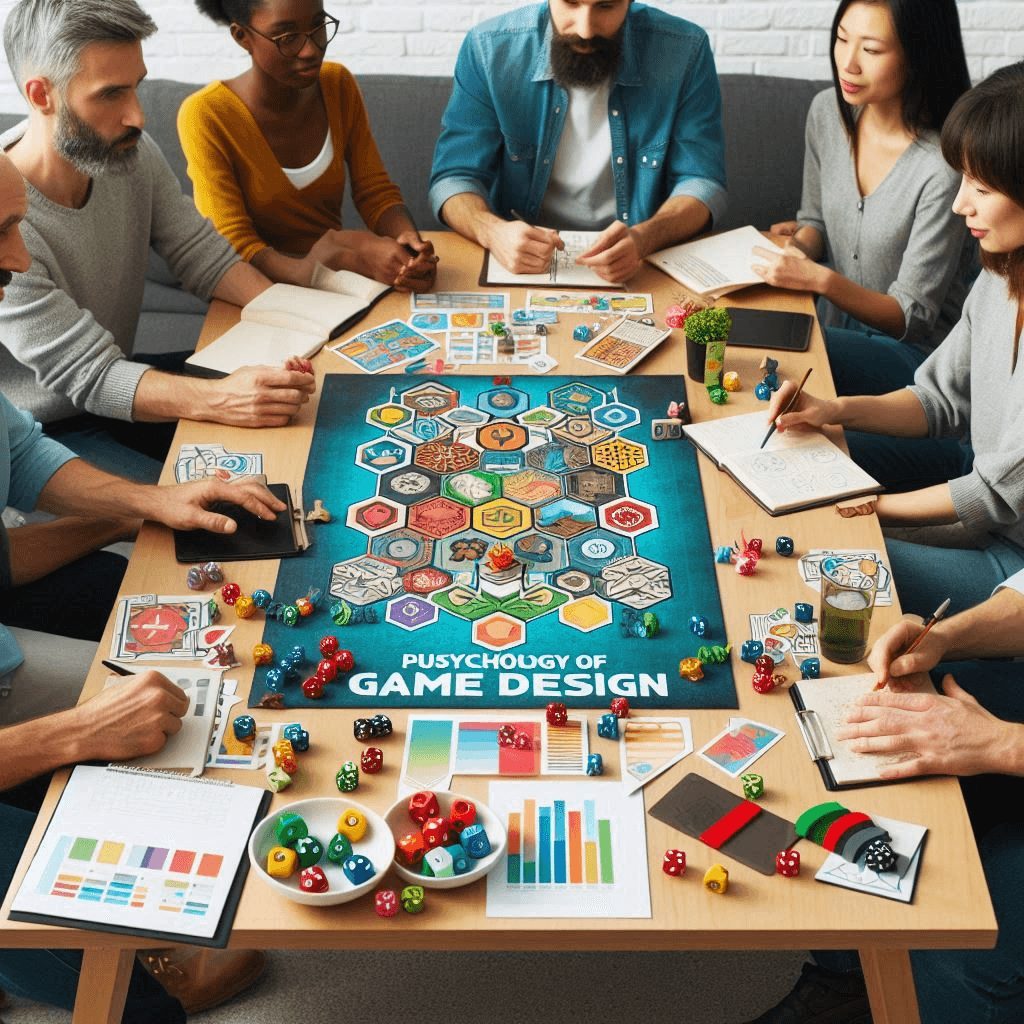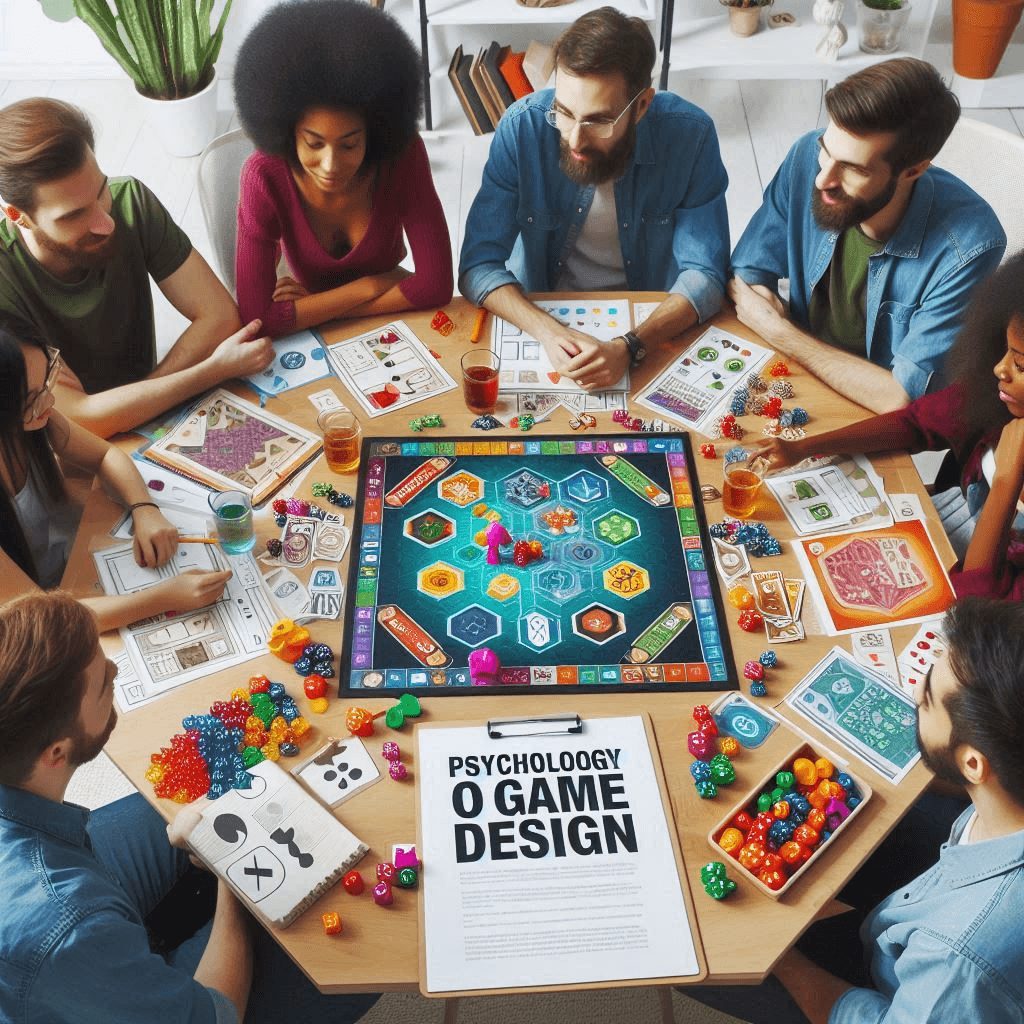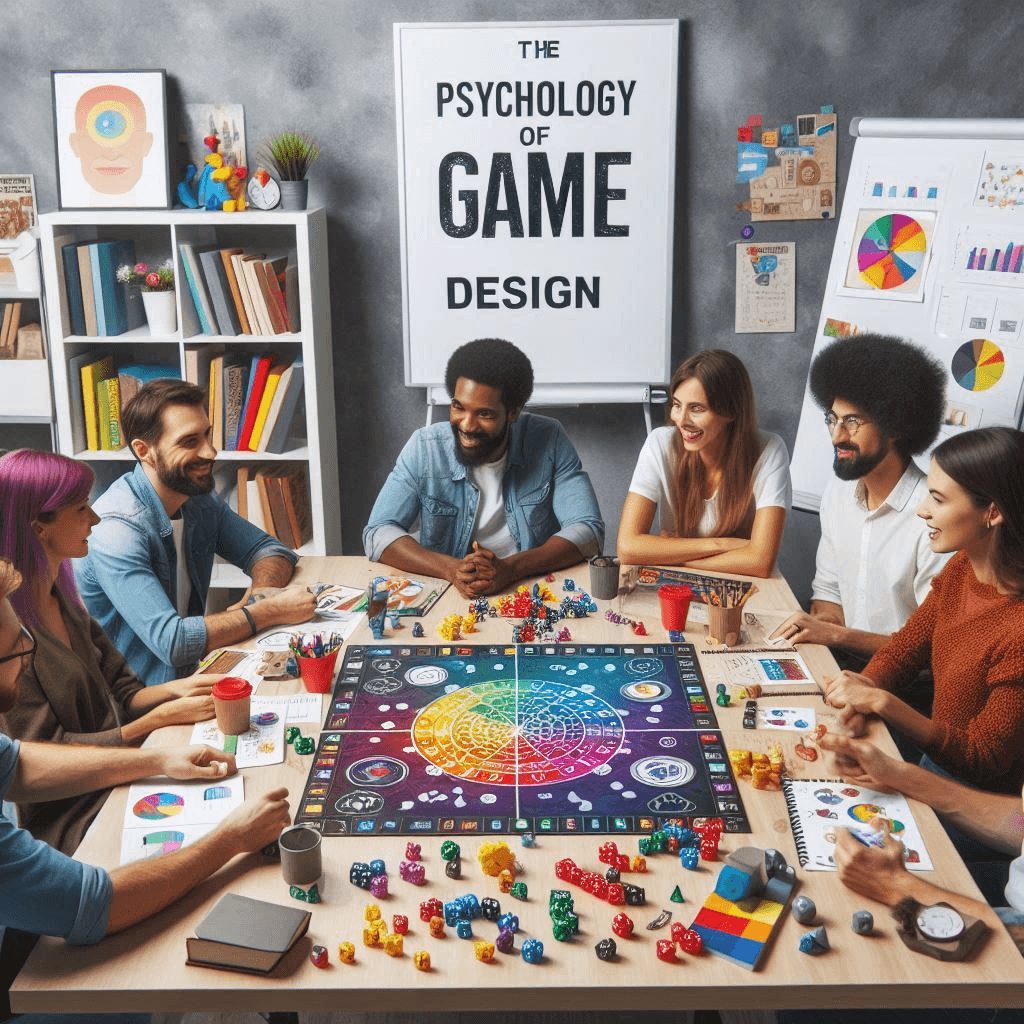Game design is a dynamic and multifaceted field that encompasses not only the technical and artistic aspects of creating interactive experiences, but also the underlying principles of human psychology. Understanding the psychological factors that drive player motivation and behavior is crucial for crafting engaging, immersive, and ultimately successful games.
In this comprehensive article, we will delve into the key psychological concepts that shape the game design process, exploring how game designers can leverage these insights to create experiences that captivate and retain players. From the intrinsic motivations that drive gameplay to the cognitive biases that influence decision-making, we will unpack the complex interplay between player psychology and game design.
The Motivational Game Design
Intrinsic and Extrinsic Motivation
At the core of player engagement lies the concept of motivation – the driving force that compels individuals to engage with and persist in game-related activities. Motivation can be divided into two primary categories: intrinsic and extrinsic.
Intrinsic motivation refers to the inherent satisfaction and enjoyment derived from the activity itself, without the need for external rewards or incentives. Players who are intrinsically motivated engage in games because they find the experience inherently rewarding, challenging, or fulfilling. This form of motivation is closely linked to the psychological needs of autonomy, competence, and relatedness, which games can effectively address.
Extrinsic motivation, on the other hand, is driven by external factors, such as rewards, recognition, or the avoidance of punishment. While extrinsic motivation can be effective in the short term, it may not lead to long-term engagement and can, in some cases, undermine intrinsic motivation.
Game designers can leverage both intrinsic and extrinsic motivators to create a balanced and engaging experience. By striking the right balance, they can tap into the player’s innate desire for self-expression, mastery, and social connection, while also providing a sense of progress and achievement.
The Flow State
Another crucial factor in player motivation is the concept of the “flow state,” a psychological state characterized by complete immersion, focus, and enjoyment in an activity. When in a flow state, players become deeply engaged, losing track of time and external distractions, and experiencing a sense of effortless action and control.
Game designers can design for flow by carefully crafting challenges that match the player’s skills and abilities, providing clear goals and feedback, and ensuring a seamless progression of difficulty. By creating experiences that foster flow, game designers can cultivate a sense of intrinsic motivation and enhance the overall player experience.
Curiosity and Discovery
Closely related to the concept of flow is the role of curiosity and discovery in design of game. Players are often motivated by the desire to explore unknown worlds, uncover hidden secrets, and solve intriguing puzzles. By incorporating elements of mystery, surprise, and exploration, game designers can tap into the player’s innate curiosity and drive for discovery.
Techniques such as environmental storytelling, branching narratives, and emergent gameplay can all contribute to a sense of discovery and exploration, further enhancing player engagement and motivation.


Understanding Player Behavior
Decision-Making and Cognitive Biases
Player behavior is heavily influenced by various cognitive biases – mental shortcuts and heuristics that shape our decision-making processes. Game designers must be aware of these biases and how they can impact player choices and actions within the game.
Some common cognitive biases that come into play in game design include:
- Loss aversion: The tendency to prefer avoiding losses over acquiring equivalent gains.
- Anchoring bias: The tendency to rely heavily on the first piece of information offered when making decisions.
- Sunk cost fallacy: The tendency to continue investing resources into a situation based on past investments, rather than considering the current and future costs and benefits.
By understanding these biases, design of game can create game mechanics and systems that leverage or mitigate their effects, leading to more informed and intentional player behavior.
Social Influence and Multiplayer Dynamics
Games often involve social interactions, either directly through multiplayer modes or indirectly through leaderboards, social media integration, and other shared experiences. The psychology of social influence plays a significant role in shaping player behavior and motivation.
Factors such as social comparison, peer pressure, and the desire for social recognition can all impact how players engage with and perceive a game. Design can leverage these social dynamics to create compelling multiplayer experiences, foster a sense of community, and encourage player retention.
Habit Formation and Addiction
One of the most challenging aspects of game design is the potential for games to become addictive or habit-forming. While the term “addiction” is often used loosely, game designers must be mindful of the psychological principles that can lead to compulsive gaming behaviors.
Factors such as variable rewards, intermittent reinforcement, and the creation of habit loops can all contribute to the development of gaming habits and, in some cases, problematic gaming behavior. Game designers must strike a delicate balance between creating engaging experiences and ensuring responsible, healthy gaming practices.
Ethical Considerations in Game Design
As the field of game design has evolved, so too have the ethical considerations surrounding the psychological impact of games on players. Game designers must grapple with questions of player well-being, fairness, and the potential for manipulation or exploitation.
Addressing Potential Harms
Game designers have a responsibility to consider the potential negative consequences of their creations, such as the impact on mental health, the exploitation of vulnerable populations, and the perpetuation of harmful stereotypes or biases. Strategies for mitigating these risks include implementing robust parental controls, offering in-game resources for mental health support, and fostering inclusive and diverse representations within the game.
Promoting Positive Outcomes
Alongside the recognition of potential harms, game designers can also leverage the power of psychology to promote positive outcomes for players. Games can be designed to foster prosocial behaviors, enhance cognitive abilities, and support personal growth and well-being. By aligning game design with the principles of positive psychology, game designers can create experiences that enrich players’ lives.
Transparency and Player Agency
Ultimately, design must strive for transparency and player agency, empowering players to make informed choices about their gaming experiences. This includes providing clear information about game mechanics, monetization strategies, and the potential psychological implications of gameplay.
By fostering an environment of trust and ethical responsibility, game designers can build a sustainable and player-centric industry that prioritizes the well-being of its audience.
Conclusion
The psychology of design of game is a multifaceted and constantly evolving field, requiring game designers to navigate a complex landscape of player motivation, behavior, and ethical considerations. By deeply understanding the psychological principles that underpin the player experience, game designers can create more engaging, immersive, and enriching interactive experiences.
As the gaming industry continues to grow and evolve, the role of psychology in game design will only become more critical. By embracing this interdisciplinary approach, casino game designers can push the boundaries of the medium, creating experiences that captivate, challenge, and inspire players around the world.
FAQs
-
What are the key intrinsic and extrinsic motivators that drive player engagement in games?
Intrinsic motivators include the inherent enjoyment, challenge, and sense of accomplishment derived from gameplay, as well as the fulfillment of psychological needs like autonomy, competence, and relatedness. Extrinsic motivators can include rewards, achievements, status, and other external incentives.
-
How can game designers leverage the concept of “flow state” to create more engaging experiences?
Game designers can design for flow by carefully crafting challenges that match the player’s skills and abilities, providing clear goals and feedback, and ensuring a seamless progression of difficulty. This allows players to become deeply immersed and lose track of time, leading to a heightened sense of engagement and motivation.
-
What are some common cognitive biases that can influence player behavior, and how can game designers address them?
Some common cognitive biases include loss aversion, anchoring bias, and the sunk cost fallacy. Game designers can address these biases by adjusting game mechanics, feedback systems, and the framing of choices to mitigate their impact on player decision-making.
-
How can game designers leverage the psychology of social influence to create more engaging multiplayer experiences?
Game designers can leverage social dynamics like social comparison, peer pressure, and the desire for social recognition to foster a sense of community, encourage social interaction, and drive player engagement. Techniques like leaderboards, player-to-player challenges, and shared social experiences can all contribute to this.
-
What are some ethical considerations that game designers should keep in mind, and how can they promote positive outcomes for players?
Ethical considerations in game design include addressing potential harms, such as the impact on mental health and the exploitation of vulnerable populations, as well as promoting positive outcomes like fostering prosocial behaviors and enhancing cognitive abilities. Game designers can achieve this through transparency, player agency, and aligning game design with the principles of positive psychology.
